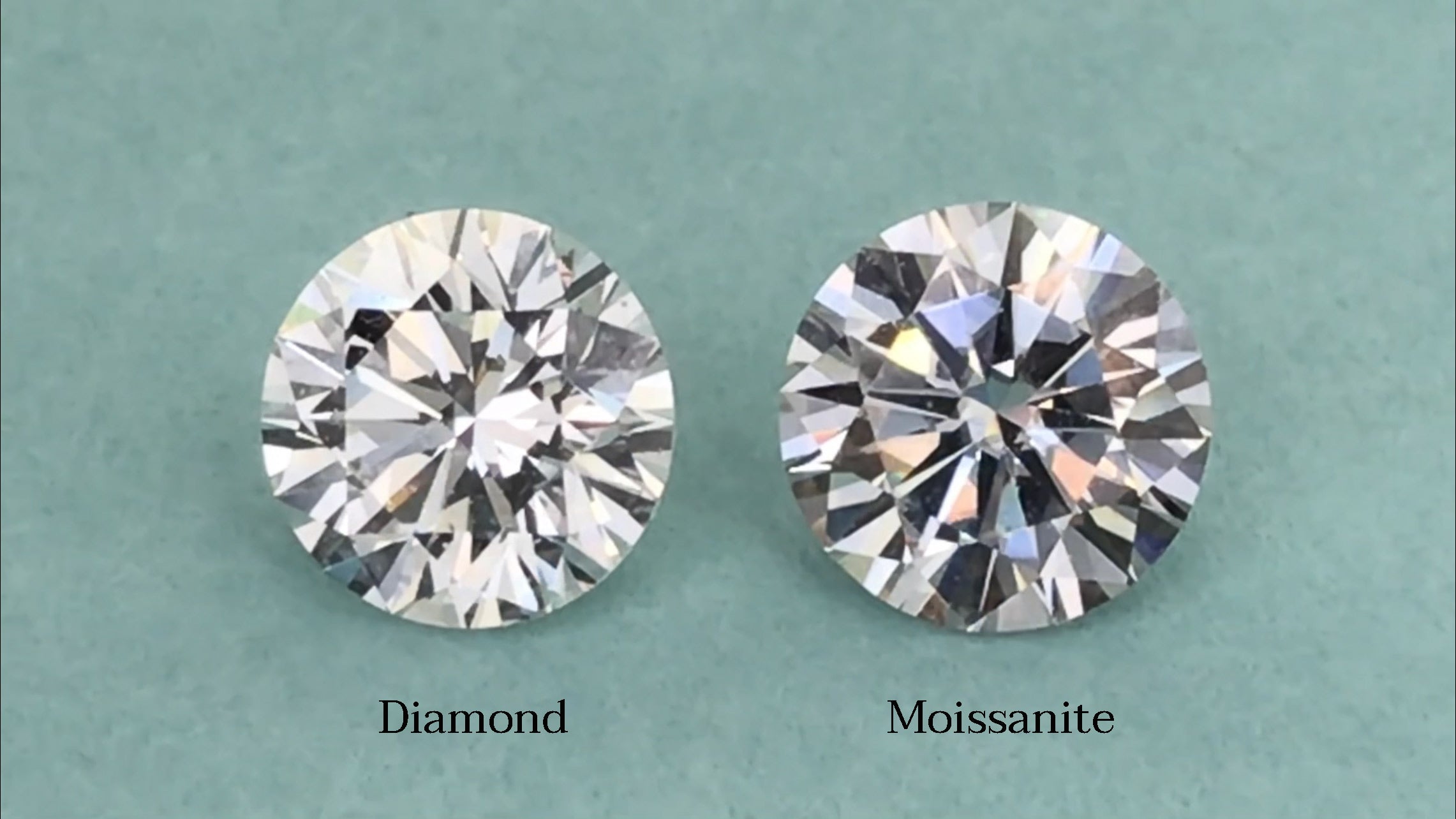Table of Contents
What Are Diamonds?
Diamonds are formed normally in the World’s mantle under outrageous tension and temperature more than large number of years. They are made out of carbon iotas organized in a gem grid, which gives them their surprising hardness and splendor. Diamonds are known for their lucidity, color, cut, and carat weight, often alluded to as the “Four Cs.” Understanding diamonds is significant while contrasting them with moissanites, as each has its special attributes and allure.
The Origins of Moissanites
Moissanites, then again, are named after the French scientific expert Henri diamond vs moissanites, who previously found them in a meteorite hole in 1893. Regular moissanite is very uncommon, so most moissanites utilized in gems are lab-grown. They are made out of silicon carbide and are created under controlled conditions to duplicate the properties of normal moissanite. The origins of moissanites give an intriguing differentiation to the normal formation of diamonds, impacting their market and consumer insights.
Diamond vs. Moissanites: Splendor and Fire
One of the critical parts of the diamond vs. moissanites examination is their splendor and fire. Diamonds are eminent for their outstanding shimmer, which is a consequence of their high refractive file and scattering of light. Moissanites, in any case, have a much higher refractive record than diamonds, which can cause them to show up more shimmering and blazing. The serious brightness of moissanites is a huge factor to consider while contrasting them with diamonds, particularly in the event that greatest shimmer is a priority.
Solidness and Hardness
While assessing diamond vs. moissanites, solidness and hardness are important factors. Diamonds are the hardest normal material, scoring a 10 on the Mohs size of hardness. This makes them profoundly impervious to scratches and ideal for regular wear. Moissanites are likewise tough, scoring 9.25 on the Mohs scale, making them almost as hard as diamonds. While moissanites are exceptionally impervious to mileage, diamonds have a slight edge concerning generally hardness and scratch obstruction.
Color and Clearness
Color and lucidity are fundamental considerations in the diamond vs. moissanites banter. Diamonds are evaluated on a scale from D (colorless) to Z (light yellow or brown), with higher grades showing more noteworthy colorlessness. Moissanites are ordinarily close colorless and may display a slight sprinkle of color, however they by and large show up bright white. With regards to clearness, the two diamonds and moissanites can be tracked down in a scope of grades. Be that as it may, because of the idea of their formation, moissanites may have less interior incorporations and surface imperfections contrasted with diamonds.
Cost Examination
One of the main distinctions between diamond vs. moissanites is their expense. Moissanites are for the most part more affordable than diamonds, offering comparative visual allure at a lower price tag. This affordability permits purchasers to pick bigger or more excellent stones acceptable for them. The lower cost of moissanites makes them an appealing choice for those looking for a wonderful gemstone without the excessive cost tag related with diamonds.
Moral and Environmental Considerations
Moral and environmental factors are progressively important in the dynamic process for many purchasers. Lab-grown moissanites are created with insignificant environmental effect and don’t include the moral worries related with conventional diamond mining, like struggle lab grown diamonds and labor abuse. While moral diamonds are available, including lab-grown and capably obtained normal diamonds, moissanites offer a reasonable benefit with regards to supportability and moral considerations.
Market Discernment and Resale Worth
The market view of diamond vs. moissanites can impact purchaser inclinations. Diamonds have a long-laid out standing and are often viewed as the customary decision for engagement rings and fine gems. Moissanites, while filling in ubiquity, are still somewhat new to the market and may not convey a similar distinction. Moreover, diamonds for the most part have higher resale esteem contrasted with moissanites, albeit the two gemstones hold their worth to differing degrees.
Conclusion
In the diamond vs. moissanites examination, the two gemstones offer one of a kind advantages and qualities. Diamonds are known for their immortal allure, unrivaled hardness, and high market esteem. Moissanites, with their superior brightness, affordability, and moral benefits, present an alluring option for those looking for a delightful and maintainable gemstone. By considering factors like splendor, strength, color, cost, and moral ramifications, you can settle on an informed decision that lines up with your own inclinations and values.

